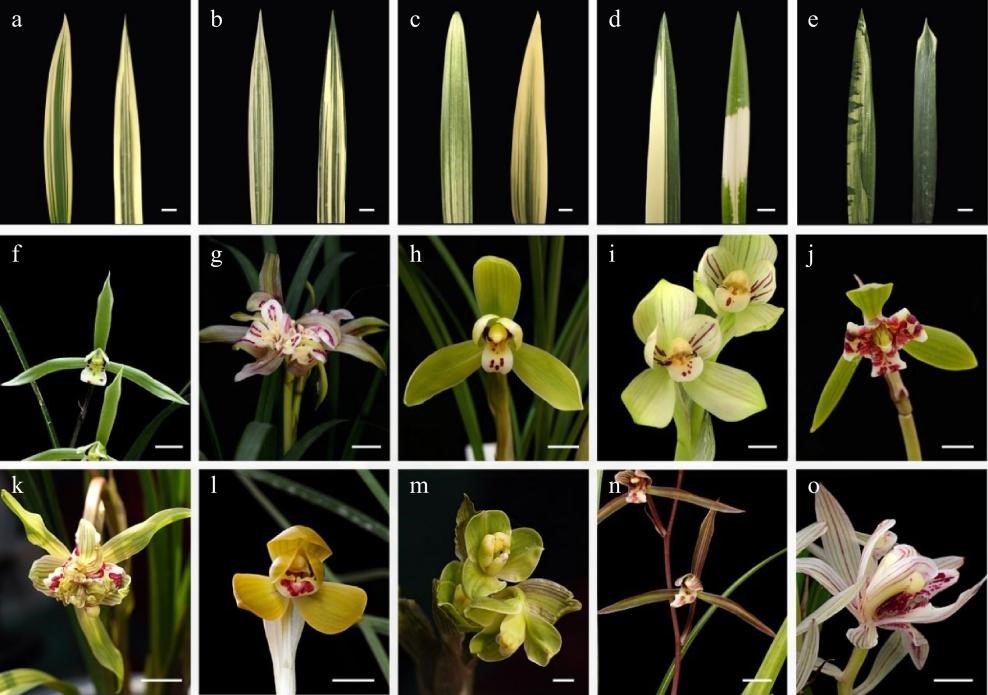This review explores China’s orchid industry, tracing its deep cultural connections to orchids back to ancient times and highlighting the significant evolution and modern advancements that position China as a global leader in orchid cultivation. With a history enriched by figures like Confucius and Qu Yuan, and a preference for fragrant Cymbidium species. As one of the global leaders in orchid diversity, China attaches great importance to the protection of orchid diversity. With the emergence of high-throughput sequencing, many SNP markers have been discovered in orchids. These markers contribute to the study of the origin, evolution, and genetic diversity of orchids. The genomes of 26 orchids have been subjected to high-throughput sequencing, and a large number of sequencing results have driven the exploration of key genes in orchids. Significant progress has been made in research on flower patterns, flowering time, color of flowers and leaves, aroma, and disease resistance.
Furthermore, the review discusses the challenges and advancements in orchid resistance research, breeding technologies, and rapid propagation methods that leverage tissue culture for enhancing orchid cultivation. It emphasizes the potential of molecular marker-assisted breeding, transgenic breeding, and gene editing to revolutionize orchid breeding. In addition, this article also presents the challenges posed by diseases and pests to the orchid industry, and cultivating stem tip culture of virus-free seedlings is the main method for controlling viral diseases. Endophytic fungi are an important component of the orchid microbiota and have a positive impact on orchid reproduction, growth, development, and resistance.
In summary, the prospects of the orchid industry are vast, with untapped ornamental and medicinal orchid species offering new avenues for commercial development. As China continues to influence global orchid trends and markets, its role as a major center for orchid research, development, production, and consumption is undeniably pivotal for the future growth and diversification of the global orchid industry.
###
References
DOI
Original Source URL
https://www.maxapress.com/article/doi/10.48130/opr-0023-0024
Authors
Fengxi Yang1, Jie Gao1, Jie Li1, Yonglu Wei1, Qi Xie1, Jianpeng Jin1, Chuqiao Lu1, Wei Zhu1, Sek-Man Wong2 & Genfa Zhu1, *
Affiliations
1.Guangdong Key Laboratory of Ornamental Plant Germplasm Innovation and Utilization, Environmental Horticulture Research Institute, Guangdong Academy of Agricultural Sciences, Guangzhou 510640, PR China
2.Department of Biological Sciences, National University of Singapore, Singapore 119543, Singapore
About Genfa Zhu
He is currently the director of the Environmental Horticulture Research Institute, Guangdong Key Laboratory of Ornamental Plant Germplasm Innovation and Utilization. He is mainly engaged in research on identification and evaluation of orchid germplasm resources, genetic breeding, molecular biology, cytology, tissue culture and rapid propagation technology.



